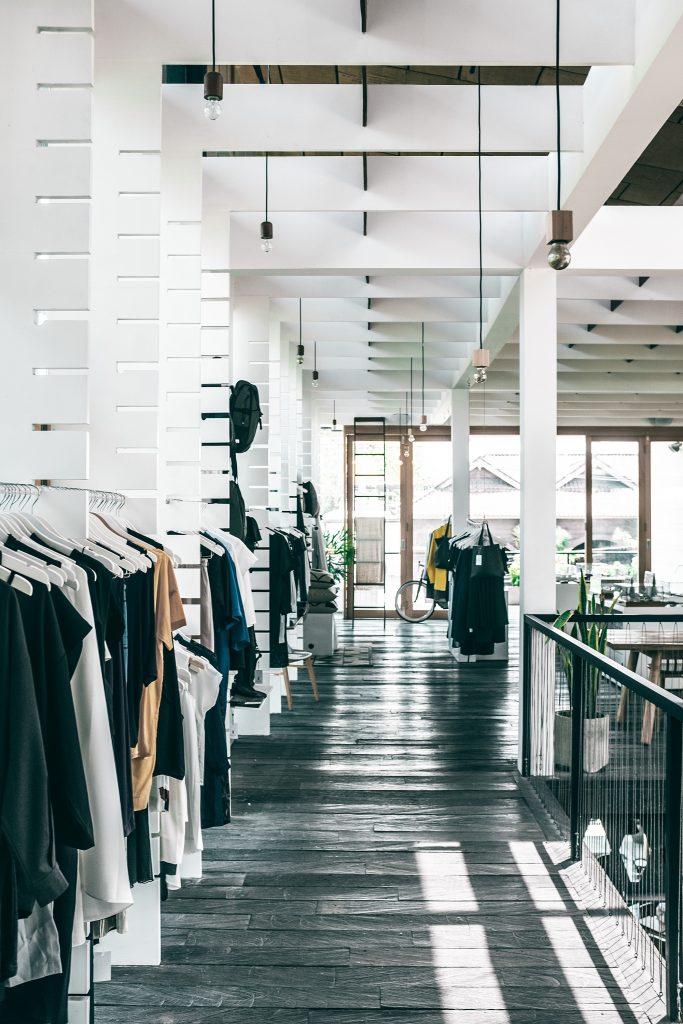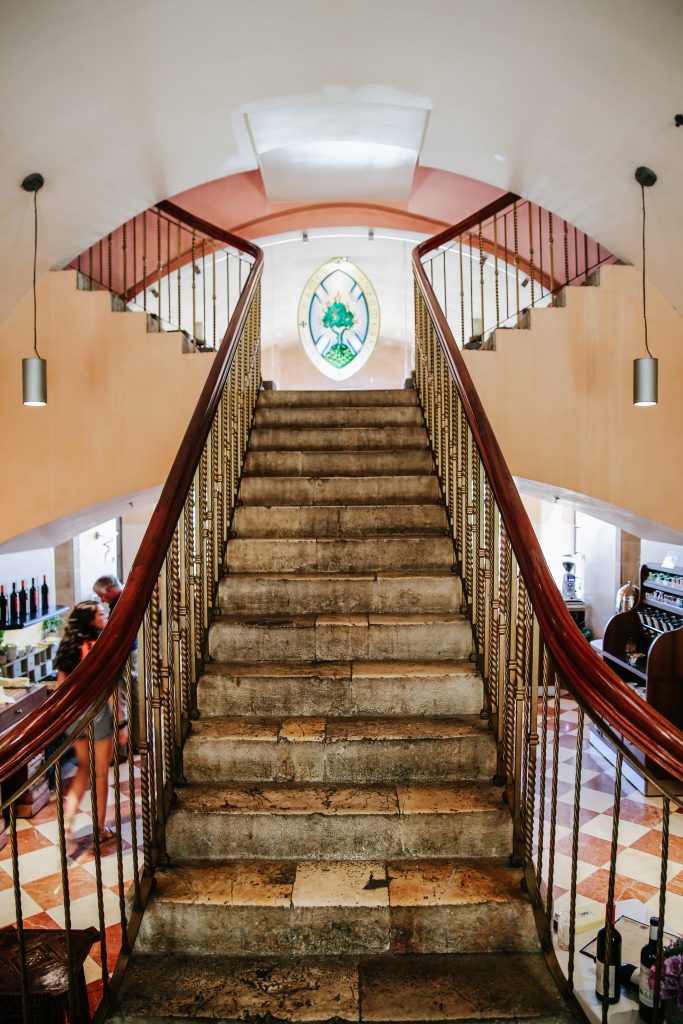Interior Design
Interior design, often confused with interior decoration, involves the organization and coordination of all aspects of the interior of a space, from paints and finishes to cabinetry, lighting, ventilation and windows, plumbing and fixtures, and creation and placement of non-load-bearing walls. Interior designers are often tasked with creating a functional, pleasant space for users that also complies with environmental, safety and accessibility requirements.
Specialties
-
- Retail: includes malls and shopping centers, department stores, specialty stores, visual merchandising, and showrooms.
- Visual and spatial branding: The use of space as a medium to express a corporate brand.
- Corporate: office design for any kind of business such as banks.
- Healthcare: the design of hospitals, assisted living facilities, medical offices, dentist offices, psychiatric facilities, laboratories, medical specialist facilities.
- Hospitality and recreation: includes hotels, motels, resorts, cruise ships, cafes, bars, casinos, nightclubs, theaters, music and concert halls, opera houses, sports venues, restaurants, gyms, health clubs and spas, etc.
- Institutional: government offices, financial institutions (banks and credit unions), schools and universities, religious facilities, etc.
- Industrial facilities: manufacturing and training facilities as well as import and export facilities.[30]
- Exhibition: includes museums, gallery, exhibition hall, specially the design for showroom and exhibition gallery.
- Traffic building: includes bus station, subway station, airports, pier, etc.
- Sports: includes gyms, stadiums, swimming rooms, basketball halls, etc.
- Teaching in a private institute that offer classes of interior design.
- Self-employment.
- Employment in private sector firms.






